Looking for ways to sweeten your child’s food in a healthy way? Check out our guide on How to Choose a Healthy Sweetener for Kids – and the whole family!
Go to any party or gathering across the world, and you’ll find that no matter what the cuisine or the main dish, the meal is sure to end with something sweet – if not dessert, at least fruit!
In many cultures like ours, a sweet dish is considered auspicious, and is the first step in a celebration. Just think about the last time you heard someone announce that they just had a baby or that they got a new car. You’ll remember that the announcement was accompanied with a box of sweets!
There’s something to be said about the power of sweet – it can lift a bad mood in an instant. It also provides energy and can transform the most bland ingredients into something special.
However, this sweetness is not without its cost. We’ve all heard about the various ill effects of sugar and how it can basically destroy your health. While this is true, it is important to know that not all sugars are the same, nor are they processed by the body in the same way.
What is sugar?
Sugar is a very generic term, and applies to all sweet-tasting carbohydrates. Sugar isn’t something we invented – it occurs naturally in several foods. The most common forms of sugar are sucrose, fructose and glucose.
Sucrose is basically refined table sugar. Glucose and fructose are found in natural foods like fruit and their processed versions, like high fructose corn syrup, are found in processed foods. The chemical structure of glucose, fructose and sucrose are different, and they are metabolized by the body in entirely different ways.
Besides these, there is another category of sweeteners, called Artificial Sweeteners. These are basically completely chemically manufactured, and are known for all kinds of health issues, including cancer, metabolic illnesses, diabetes, obesity and gut illnesses. Children are particularly vulnerable to the ill effects of artificial sweeteners. Artificial sweeteners go by names like Acesulfame-K, Aspartame, Saccharin and Sucralose.
This brings us to the all important question – how do I choose a healthy sweetener? While this is an important decision for every person, it is even more crucial for young children, whose bodies and systems are still developing and growing. There are several sweeteners available in the market today, and the only way to choose the right one is to understand the pros and cons of each sweetener in detail, so you can make an informed choice.
When choosing a healthy sweetener, there are a few main things to consider:
1. Glycemic Index
Glycemic Index or GI is a number associated with a certain food, that tells you how fast your body converts it into glucose. In other words, it tells you how quickly that food makes your blood sugar go up.
A smaller GI means that the food takes longer to digest, leading to a slow rise in blood sugar. A high GI means the food is digested quickly, leading to a sudden spike in blood sugar levels. Generally a GI less than 55 is considered good or healthy, and a GI higher than 70 is considered bad for you. This is because sudden spikes in blood sugar can lead to health problems like blood sugar imbalance, energy crash, inflammation, irritability and weight gain. While sugar is generally considered a high GI food, the type of sugar will show a wide variation in its glycemic index.
2. Fructose
Fructose is a simple sugar, which along with glucose, makes up the constitution of table sugar. A high consumption of fructose can be dangerous, impacting the liver and leading to diabetes, insulin resistance and obesity. Fructose is present naturally in fruits and vegetables, but in low amounts. Fructose is the main ingredient in many artificial sweeteners and processed foods.
3. Processing Level
Every type of sugar goes through different levels of processing before they are available to us. This processing also affects the effect the sugar has on the body, as it may strip the food of its natural nutrients leaving only sweetness, or it may include unwanted chemical additives.
Looking at these factors for each sweetener will help you decide whether it’s healthy for your kids or not. Here is a look at the most common sweeteners available to us today.
White Table Sugar
Plain white table sugar is the most common form of sugar found in homes around the world. It’s what we use in our tea and coffee, as well as what we add to cooking and baking. Table sugar is made from sugar cane. The sugar cane is harvested and goes through a good deal of processing at a factory – purification, filtration, crystallization followed by more processing at a refinery before it’s finally packaged and sold. White table sugar is safe for consumption for children over the age of one.
50% white table sugar is fructose, which is one reason it is seen as ‘bad’ by nutritionists. Table sugar has a GI of 68, which is quite high and can cause sudden spikes in blood sugar levels. Besides these, sugar can also cause diabetes, heart disease, metabolic syndrome, obesity, inflammation and tooth decay. Due to this, the American Heart Association recommends a daily serving of less than 6 teaspoons of sugar for women and less than 9 teaspoons for men.
Brown Sugar
Contrary to what most people believe, brown sugar doesn’t have any significant health benefits compared to white sugar. Brown sugar is made simply by adding a little molasses to refined sugar to change its color. The addition of molasses adds a very small amount of minerals but this is almost negligible. The net effect is that for all practical purposes, brown sugar is just the same as white sugar with the same kind of effects on the human body.
Brown sugar tastes almost the same as white sugar, with a slightly more mellow flavor. It can be used the same way in cooking and baking. Brown sugar can safely be given to children over the age of one.
Organic Cane Sugar
Organic cane sugar differs from common table sugar in a few important ways. First of all, the sugarcane used to extract the sugar is certified organic, which means it has been cultivated without the use of pesticides or chemical fertilizers. Secondly, the processing of the sugar cane is done without chemicals or other man-made additives.
The good thing about organic sugar is that you don’t have to worry about unnecessary chemicals making their way into you system, and it’s better for the environment. However, it doesn’t have any major nutrient benefits and the body metabolizes it the same way as it does white table sugar. Like refined sugar, organic sugar can be given to children over the age of one.
Jaggery
Jaggery is an unrefined sugar that is made from either sugar cane or date palm. Once the juice is extracted, it is left to sediment, strained and boiled. The cooled product is usually in the form of blocks, which can then be made into jaggery powder or jaggery syrup. Jaggery is often melted down during cooking. As with cane sugar, getting organic jaggery ensures that it is free from chemicals and other additives. Jaggery can be given to children over the age of one.
70% of jaggery is sucrose, with 10% being glucose and fructose, and it has almost 27 calories per teaspoon. Derived from the same source as sugar, jaggery also has a high glycemic index. However, jaggery contains more nutrients than sugar, which gives it a slightly healthier edge. Jaggery contains iron and it is traditionally used to heal PMS symptoms, anemia, and indigestion.
Coconut Sugar
Coconut sugar is made from coconut palm sap, from which all the water is then evaporated with heat. The processing of coconut sugar is relatively simple, and does not require further refining in a factory. Coconut sugar is safe for consumption by children over the age of one.
While coconut sugar contains the same amount of calories as cane sugar, it has a significantly lower GI of 35. This means that coconut sugar is absorbed much more slowly into the blood, preventing all the ill effects of sudden blood sugar spikes. Besides, coconut sugar contains minerals like calcium, iron, zinc and potassium, as well as polyphenols and antioxidants. Coconut sugar can be used just like brown sugar in baking, desserts and beverages.
Date Sugar/Dried Dates Powder
Date sugar is basically just powdered dried dates. Due to this, it has all the benefits you’d expect to find in regular dates, such as fiber, potassium, magnesium, iron and Vitamin B6. Date Sugar can be given to babies over the age of 8 months.
Date sugar scores over other sweeteners since it has just 10 calories per teaspoon. It is also a low GI food, with a glycemic index of 50. Date sugar can be used in cooking and baking recipes, but it doesn’t dissolve easily, making it a bad choice for tea or coffee.
Molasses
Molasses is actually a byproduct of sugar cane processing. Boiling the extracted sugar cane juice three times gives us molasses, a dark colored, thick viscous liquid. Although molasses and white sugar are from the same source, their nutritional profile is very different, so much so that molasses is often referred to as a super food.
Molasses, or blackstrap molasses, are rich in iron, calcium, magnesium, selenium and some vitamins. A teaspoon of molasses contains 20 calories and it has a decent enough GI of 55, which means it doesn’t spike blood sugar levels like white sugar. It can be used in cooking and baking as well as a syrup on top of other foods. Molasses is not recommended for babies under the age of one.
Honey
Honey is one of those wonder foods that isn’t just a food, but a healing food according to many systems of traditional medicine. Honey is chock full of plant based antioxidants, and contains antibacterial, antiviral, anti fungal and anti-inflammatory properties. Honey can be given to children over the age of one.
While honey has all these health benefits, it is mainly composed of fructose, and the GI varies on the amount of fructose in it. The glycemic index of honey is usually between 45 and 64, which is still good in moderate amounts. Honey contains 21 calories per teaspoon, but because of the high fructose content, it is sweeter, and you need less of it than you would if using white sugar. However, it is important to note that the health benefits of honey are valid only if it is pure, raw and unprocessed honey.
Fruit
The best way to get sweetness in your food has got to be through fresh fruit and dried fruits. Not only are they preservative-free, you get all the natural nutrients and antioxidants from the fruit. Not to mention the unique flavor they impart to the final dish.
Fructose is mostly what gives fruit its sweetness, but as mentioned earlier, naturally occurring fructose is as at healthy levels for our body. Using fresh fruit as a sweetener is a great idea, but needs some practice. It can be done by making fruit puree, fruit paste or fruit juice. For instance, applesauce is considered an excellent substitute for butter. Other fruits commonly used in dishes are mango, banana, orange and even naturally sweet vegetables like pumpkin and carrots. 1/2 cup of fruit puree usually works well in place of 1 cup sugar. However fruit may not work well with beverages like tea and coffee.
There are other sweeteners available in the market today, such as agave nectar, maple syrup and Stevia. While these are also considered natural sweeteners, they are not local to our country, which means they are shipped from abroad and sure to contain preservatives.
At the end of the day, your best option is to choose a natural sugar that has some nutrients in it, and avoid processed sugars completely. Whatever you choose, it’s important to remember that moderation is still the best way to go, so that children don’t get addicted to foods that are extremely sweet and they learn to appreciate other flavors as well.
Source: https://www.mylittlemoppet.com/how-to-choose-a-healthy-sweetener/
The content is owned by Fabida Abdulla. Visit site here for other valuable articles.
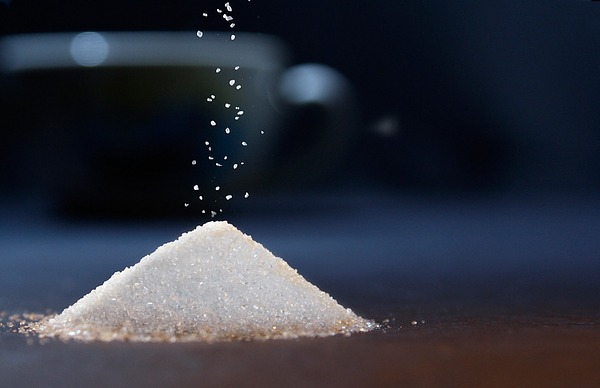
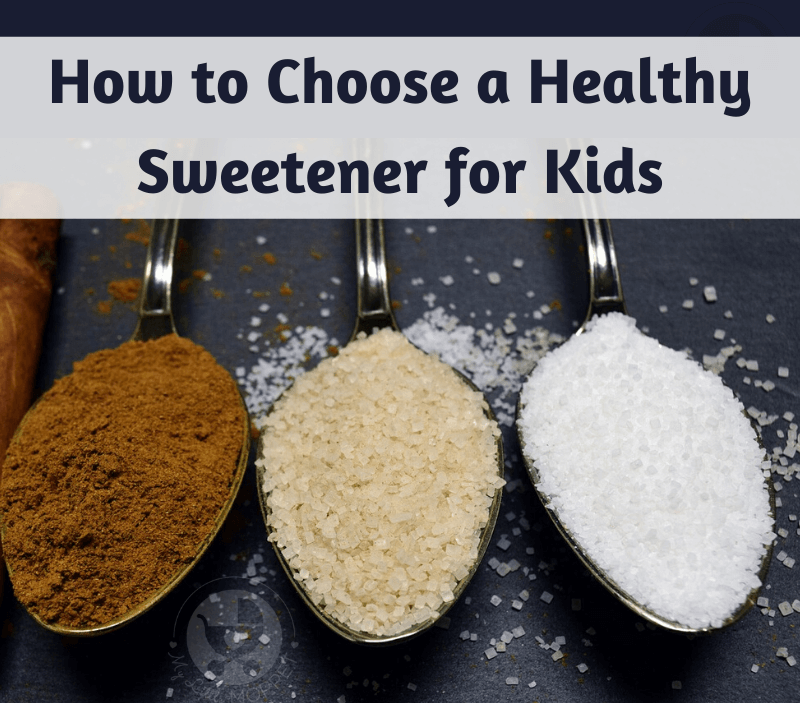

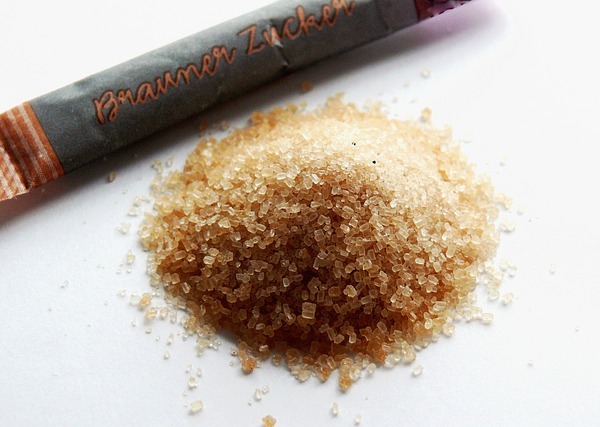
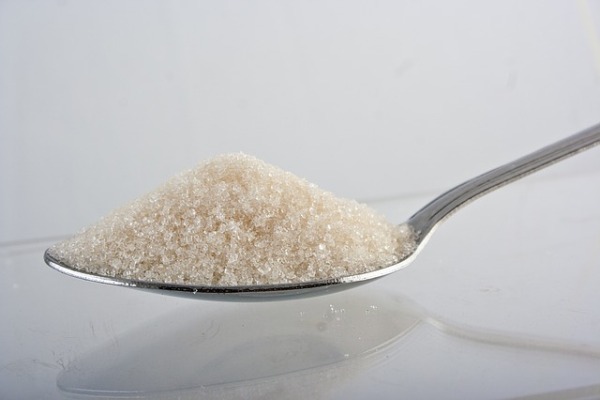
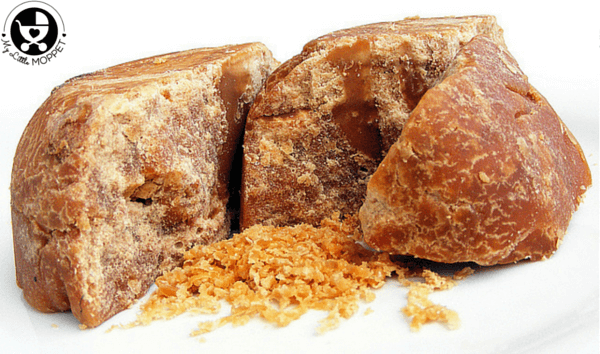
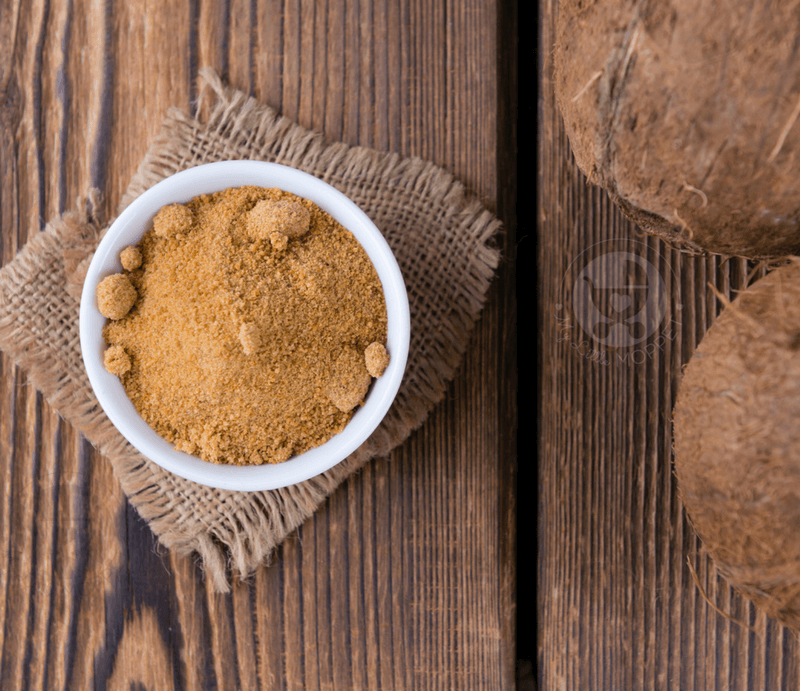

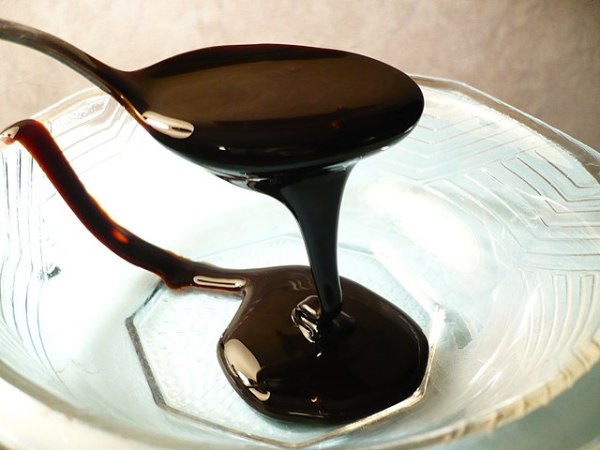
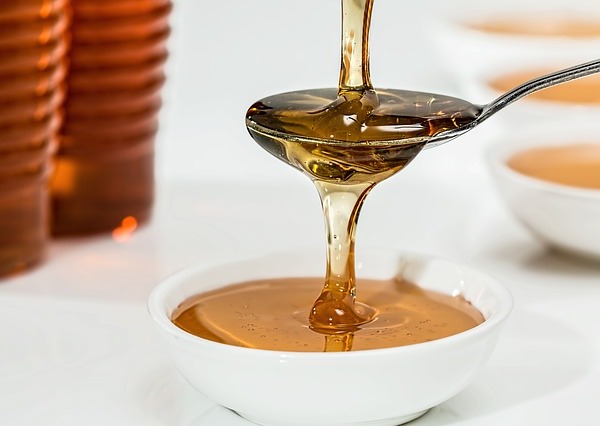
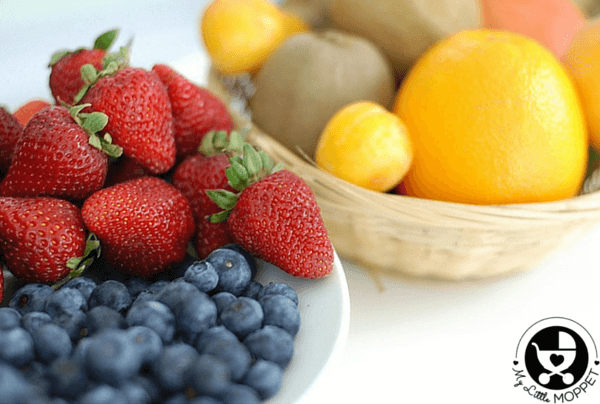
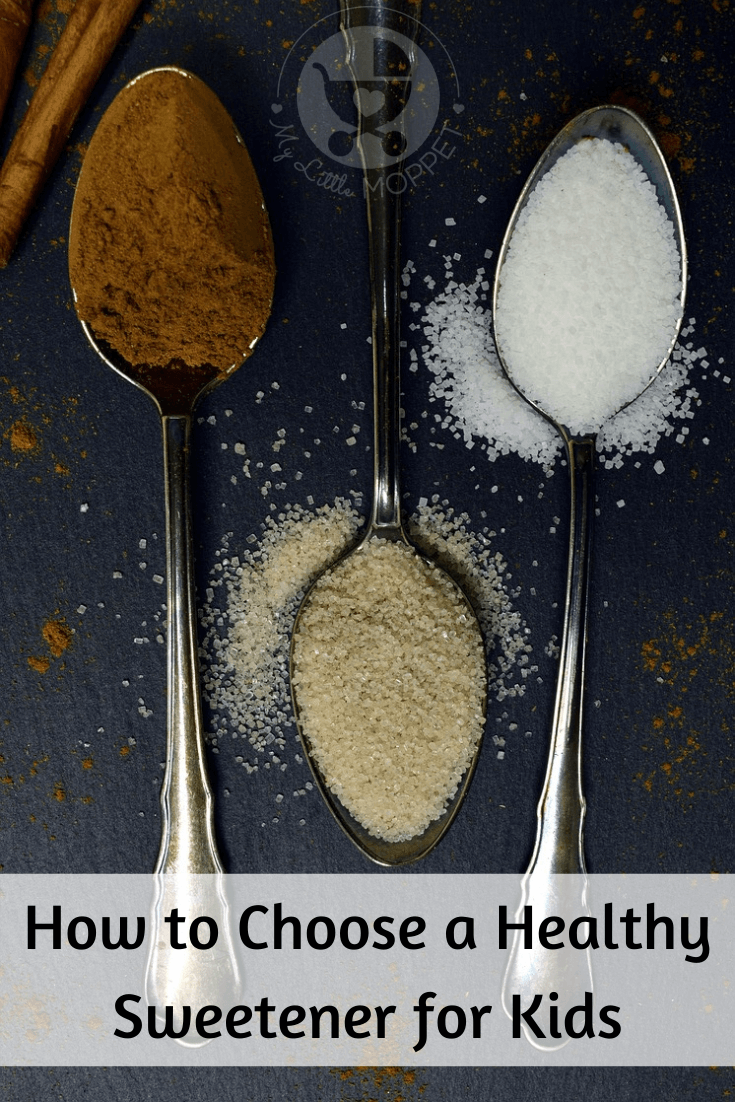

No comments:
Post a Comment